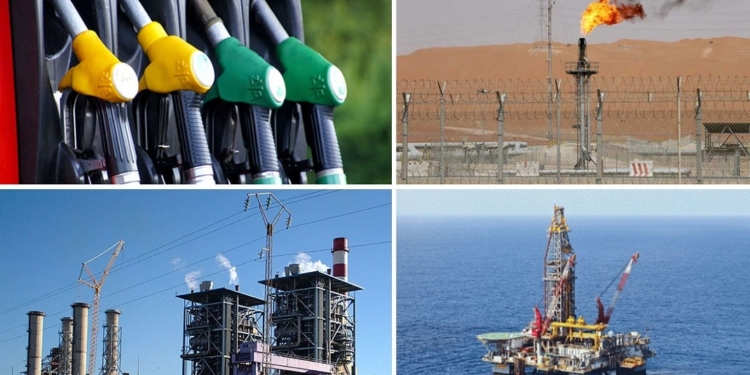Tunisia’s energy independence rate, which measures the ratio of primary energy resources in relation to primary consumption, stood at 36% at the end of August 2025, compared to 41% a year earlier, according to the latest report from the National Energy and Mines Observatory.
A growing energy deficit
The primary energy balance shows a deficit of 4.1 million tonnes of oil equivalent (Mtoe), an increase of 14% compared to the end of August 2024. This situation takes into account in particular the royalty on the transit of Algerian gas, which decreased by 11% over the period.
Without taking into account this royalty, the energy independence rate falls to 27%, compared to 31% at the end of August 2024. Primary energy resources stood at 2.4 Mtoe, recording a drop of 8% compared to the same period last year, mainly due to the decrease in national production of crude oil and natural gas.
Domestic oil and gas production remains dominant, accounting for 68% of total primary resources. Renewable electricity (STEG and private production, self-production) remains marginal, with only 3% of primary resources.
A slight increase in energy demand
Between the end of August 2024 and the end of August 2025, demand for primary energy increased by 5%, with natural gas up 8% and petroleum products up slightly (+1%). The structure of consumption has also changed: the share of petroleum products has decreased from 49% to 47%, while that of natural gas has increased from 50% to 52%.








